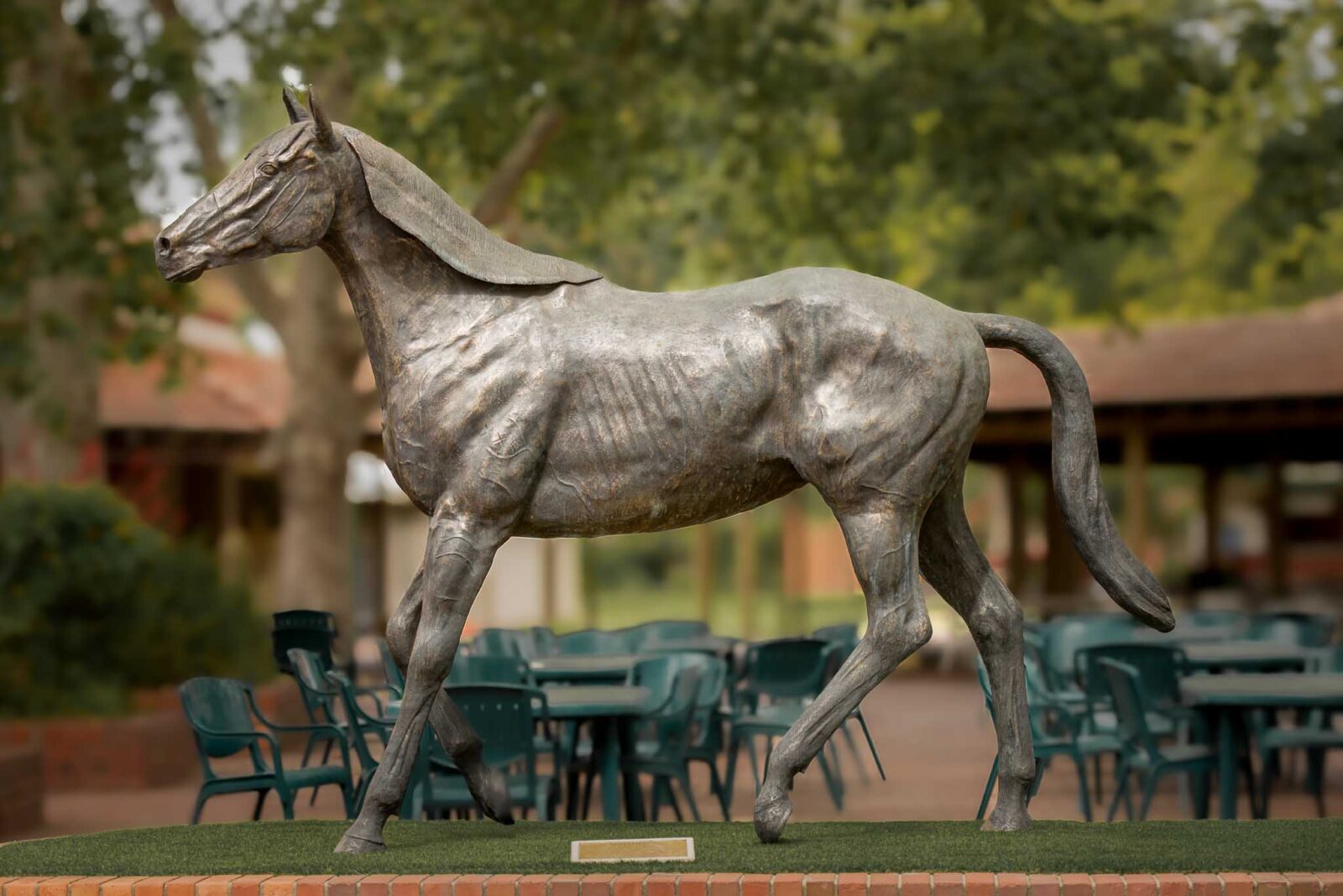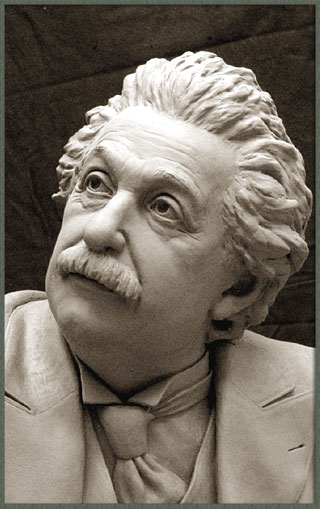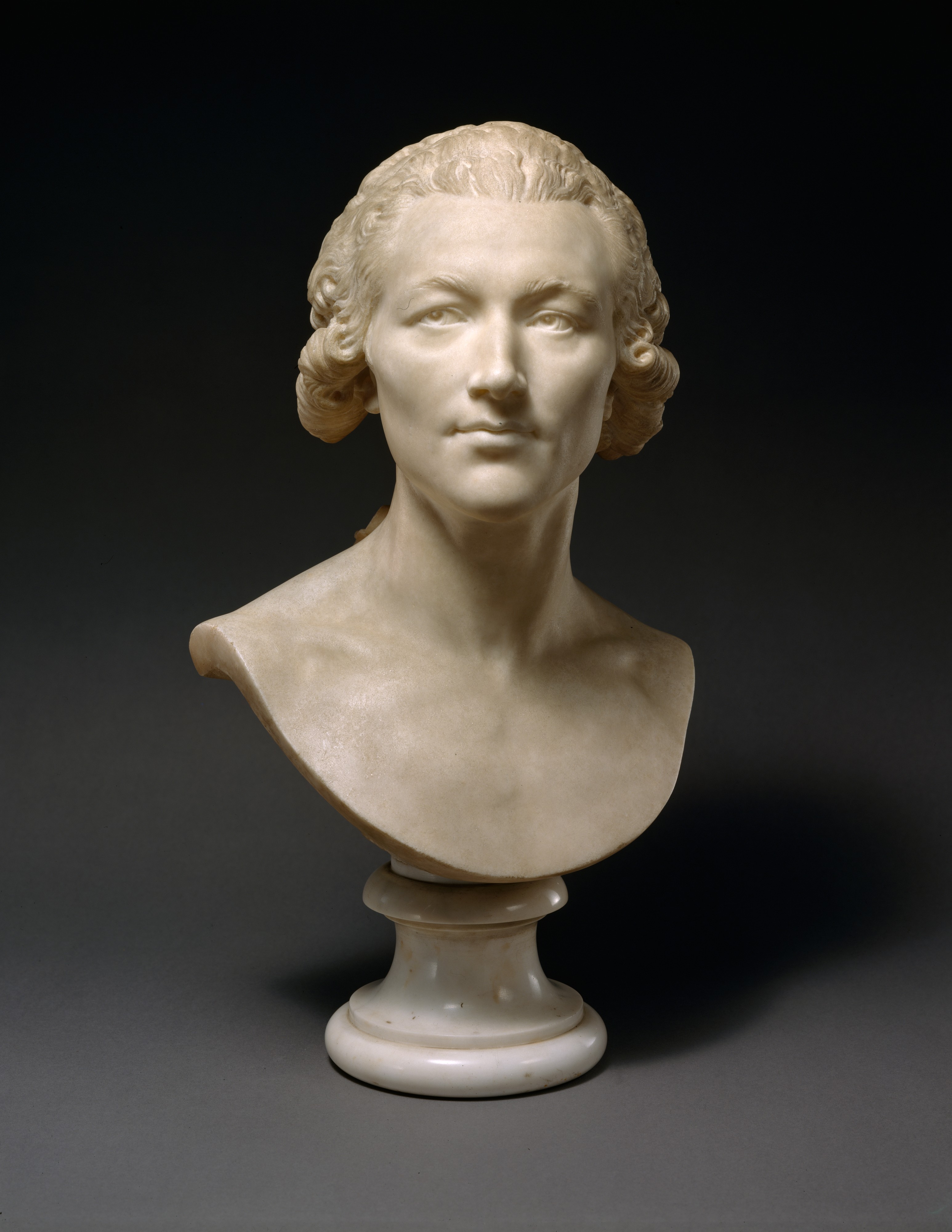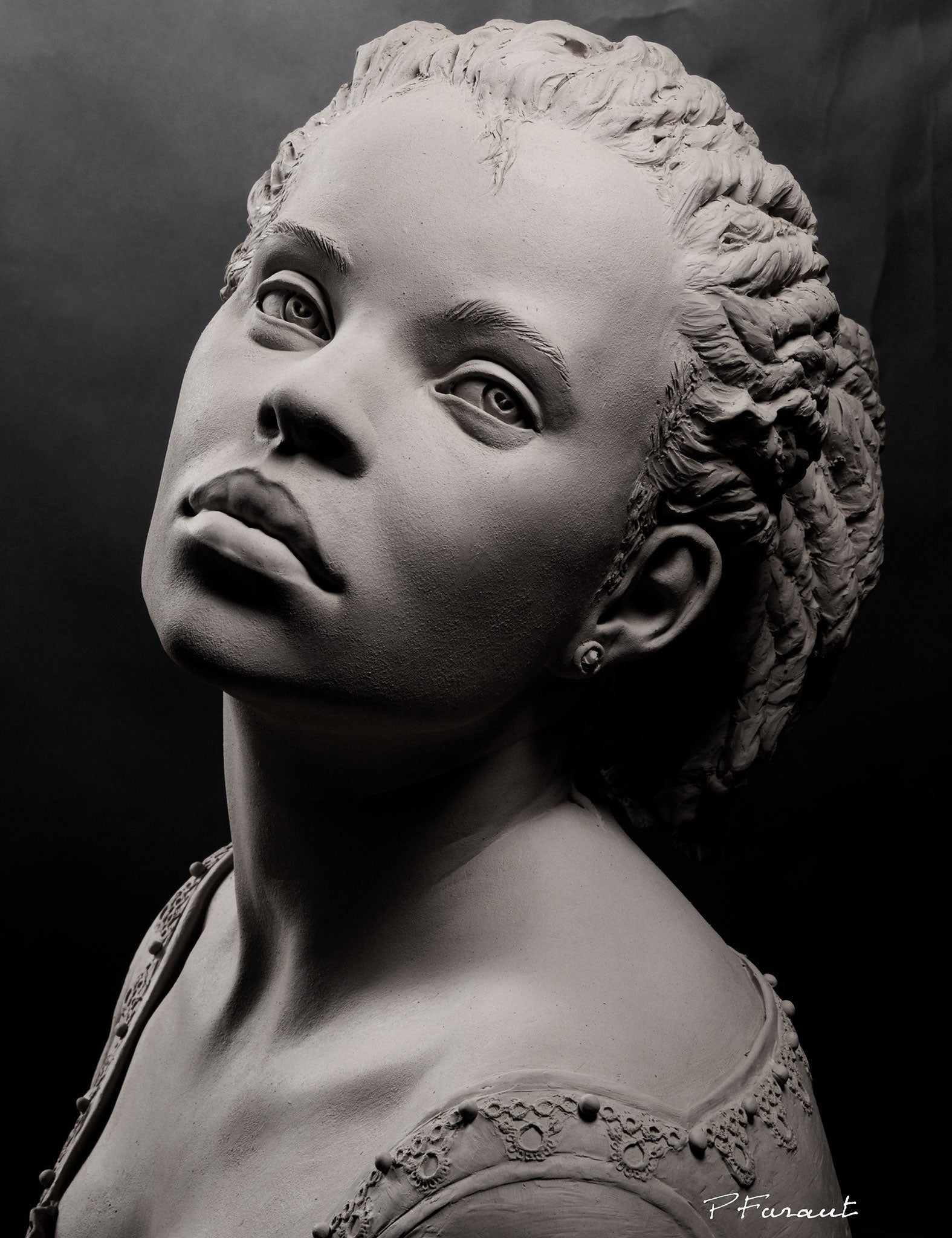The Advancement of Sculptures: From Old to Modern
The Advancement of Sculptures: From Old to Modern. Bronze Sculptures.
Sculpture, one of the oldest types of art, has been an indispensable part of human people for centuries. From the old worlds of Egypt and Greece to the modern-day era, sculptures have evolved, showing adjustments in artistic methods, materials, and social impacts. This journey with time traces the development of sculptures, discovering the changes in style, subject issue, and artistic expression.
Starting with the old world, sculptures crafted from stone and later bronze recorded the essence of divine beings, rulers, and day-to-day life. The Renaissance duration witnessed a resurgence of classic sculpting strategies, as artists sought to replicate the elegant kinds of ancient Greek and Roman sculptures (Robert C Hitchcock Sculptor). In the contemporary period, musicians challenged typical limits, welcoming abstraction and experimentation with new materials
This exploration will look into the varied development of sculptures, disclosing the rich tapestry of creative expression across various periods and cultures.

Ancient Sculptures: From Rock to Bronze
Ancient sculptures transitioned from being carved out of stone to being cast in bronze. Rock sculptures, while impressive in their very own right, were restricted by the nature of the material. Equine Sculptures.
The intro of bronze as a medium for sculptures brought about a transformation in creative expression. Bronze used artists the chance to develop lifelike and detailed types that were not feasible with stone. The procedure of casting bronze enabled the development of numerous duplicates of a sculpture, making it possible for bigger distribution and conservation of these creative masterpieces.
The transition from stone to bronze additionally saw a shift in the topic of sculptures. While stone sculptures primarily illustrated gods, sirens, and mythological figures, bronze sculptures began to show a more comprehensive variety of topics, consisting of day-to-day individuals and pets. This expansion of subject showcased the flexibility and flexibility of the bronze medium.
Renaissance Revival: Shaping in the Classic Style
The Renaissance resurgence of sculpture experienced a revival in the classical design, structure upon the improvements made during the transition from stone to bronze in old sculptures. Throughout this period, musicians sought to recreate the timeless aesthetic and perfects of charm that prevailed in ancient Greek and Roman sculptures.
Among the crucial attributes of the Renaissance rebirth was the focus on naturalism and the human type. Artists like Donatello and Michelangelo strove to catch the anatomical details and expressions of their subjects with extraordinary accuracy. They researched the human body and integrated their observations into their sculptures, resulting in natural and realistic depictions.
One more vital element of the Renaissance resurgence was the exploration of perspective and depth. Musicians made use of strategies such as contrapposto, where the weight of the body is shifted away, creating a sense of activity and dynamism. They likewise try out different products, including marble and bronze, to accomplish a level of refinement and ins and out in their sculptures.

Innovation and the Avant-Garde: Damaging Traditional Boundaries
During the Modernism and Avant-Garde motions, sculptors pressed the borders of conventional artistic conventions. This period, which arised in the late 19th and early 20th centuries, saw a remarkable shift in the means musicians came close to sculpture. Turning down the notion of art as simple replica, modernist artists sought to discover brand-new forms, materials, and principles.
Among the essential attributes of modernist sculpture was the emphasis on abstraction. Carvers relocated far from practical depictions and rather concentrated on catching the essence of the subject with streamlined kinds and geometric forms. This separation from typical representation enabled musicians to express their feelings and ideas in a much more individual and subjective way.

Contemporary Sculptures: Discovering New Products and Concepts
With a focus on exploring brand-new materials and principles, modern sculptures have actually reinvented the field of art. Artists today are pushing the borders of typical sculpture by using ingenious materials and exploring with abstract concepts. These sculptures challenge standard ideas of materiality, definition, and type, welcoming audiences to take part in a thought-provoking and new artistic experience.
Contemporary carvers are embracing a large range of materials, consisting of plastic, glass, steel, and even organic matter. They are not restricted to the standard medium of rock or clay, permitting better liberty of expression and trial and error. This change in the direction of non-traditional materials has opened brand-new possibilities for musicians to develop sculptures that are dynamic, interactive, and visually striking.
In addition to exploring new materials, modern sculptures likewise explore complex and abstract principles. Artists are now internet exploring motifs such as identification, social concerns, and the environment, making use of sculpture as a powerful tool for social commentary and self-contemplation. These sculptures challenge audiences to think seriously and involve with art on a much deeper degree, stimulating discussions and provoking psychological responses.
Global Influences: Sculptural Customs From All Over The World
Sculptural customs from various regions of the world have significantly formed the development of sculptures throughout background. The global influences on sculpture have varied and have actually contributed to the richness and variety of creative expressions. From the ancient people of Egypt, Greece, and Rome to the intricate makings of Asian cultures, each region has created its distinct sculptural customs that have affected artists across time.
In old Egypt, sculptures were developed mainly for funerary and religious purposes. The iconic sculptures of gods and pharaohs, such as the Great Sphinx and the breast of Queen Nefertiti, display the Egyptians' proficiency of rock sculpting and their belief in the immortality.

In old Rome, sculpture offered both creative and political purposes. Roman sculptures usually depicted emperors, generals, and mythical numbers, showing the power and splendour of the empire. The marble statue of Augustus of Prima Porta and the huge Arc of Constantine are noteworthy examples of Roman sculptural achievements.
Oriental sculptural customs, especially in India, China, and Japan, have also had an extensive influence on the development of sculptures. Indian sculptures, such as the delicately sculpted temples of Khajuraho and the enormous statuaries of Buddha, display an abundant blend of spiritual, mythological, and architectural elements. Chinese sculptures, defined by their great craftsmanship and attention to detail, typically portray deities, animals, and famous figures. Japanese sculptures, influenced by Buddhism, stress simpleness and tranquility, seen in the serene statues of Buddha and the sophisticated art of bonsai.
The global impacts on sculpture continue to develop in the modern-day period. Musicians today draw ideas from numerous sculptural customs, incorporating brand-new materials, techniques, and concepts to produce provocative and ingenious artworks. The blend of different social impacts has actually provided rise to a dynamic and varied sculptural landscape, mirroring the interconnectedness of our international culture. As we aim to the future, it is specific that the global influences on sculpture will certainly proceed to form and redefine this ancient art form.
Conclusion
In conclusion, the development of sculptures has actually seen a shift from ancient stone and bronze functions to the timeless rebirth throughout the Renaissance. Today, modern sculptures discover brand-new products and concepts, while likewise attracting inspiration from worldwide sculptural traditions.
From the old human beings of Egypt and Greece to the modern-day era, sculptures have actually evolved, showing changes in artistic techniques, materials, and cultural influences.Starting with the old globe, sculptures crafted from rock and later on bronze recorded the essence of divine beings, rulers, and daily life.Ancient sculptures transitioned from being carved out of stone to being cast in bronze. While rock sculptures predominantly illustrated gods, goddesses, and mythical figures, bronze sculptures began to show a broader variety of topics, including everyday individuals and animals.In conclusion, the evolution of sculptures has actually seen a shift from old rock and bronze functions to the timeless rebirth throughout the Renaissance.